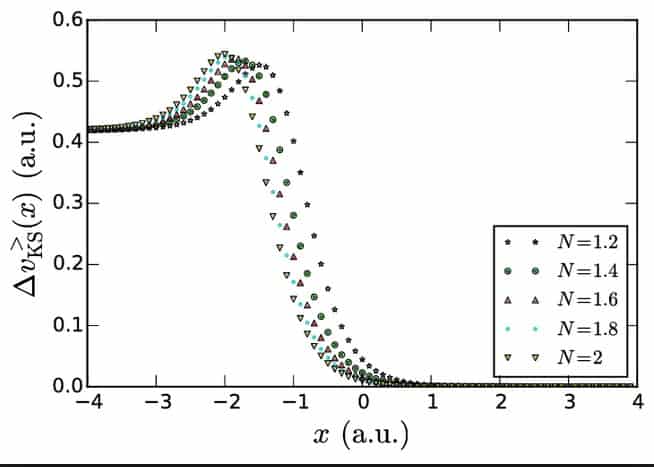
Ozone (O3) in the stratosphere filters out harmful ultra-violet radiation from the Sun, and so protects life on Earth. Recently, there have been fears about the destruction of the ozone layer, principally over the Antarctic (Farman et al., 1985; Hofmann et al., 1992), but increasingly now over the Arctic regions (Hofmann et al., 1991). The concentration of O3 in the atmosphere is not uniform, unlike other trace gases, but varies according to altitude. O3 is formed during a photochemical reaction (Chapmen, 1930) involving solar ultra-violet radiation, an oxygen molecule and an oxygen atom,
O2 + O + M O3 + M
where M represents the energy and momentum balance provided by collision with a third atom or molecule, for example oxides of nitrogen (NOx). The destruction of O3 involves the recombination with atomic oxygen, via the catalytic effect of agents such as OH radicals, NOx and chlorine (Cl, ClO) radicals. The concentration of O3 is determined by the finely balanced equilibrium of formation and natural destruction (Dotto & Schiff, 1978). Because the relative reaction rates of formation and destruction vary with temperature and pressure, so O3 concentrations vary with altitude. Most of the ozone occurs in a layer between 15 to 35 km altitude (see Figure 1.1) where the relative reaction rates of formation and destruction rates are most conducive to O3 formation. The present fear about ozone depletion is due to the increase in amount of agents (such as Cl) in the atmosphere that increase the destruction rate of O3, so upsetting the delicate equilibrium that exists.




Leave a Reply